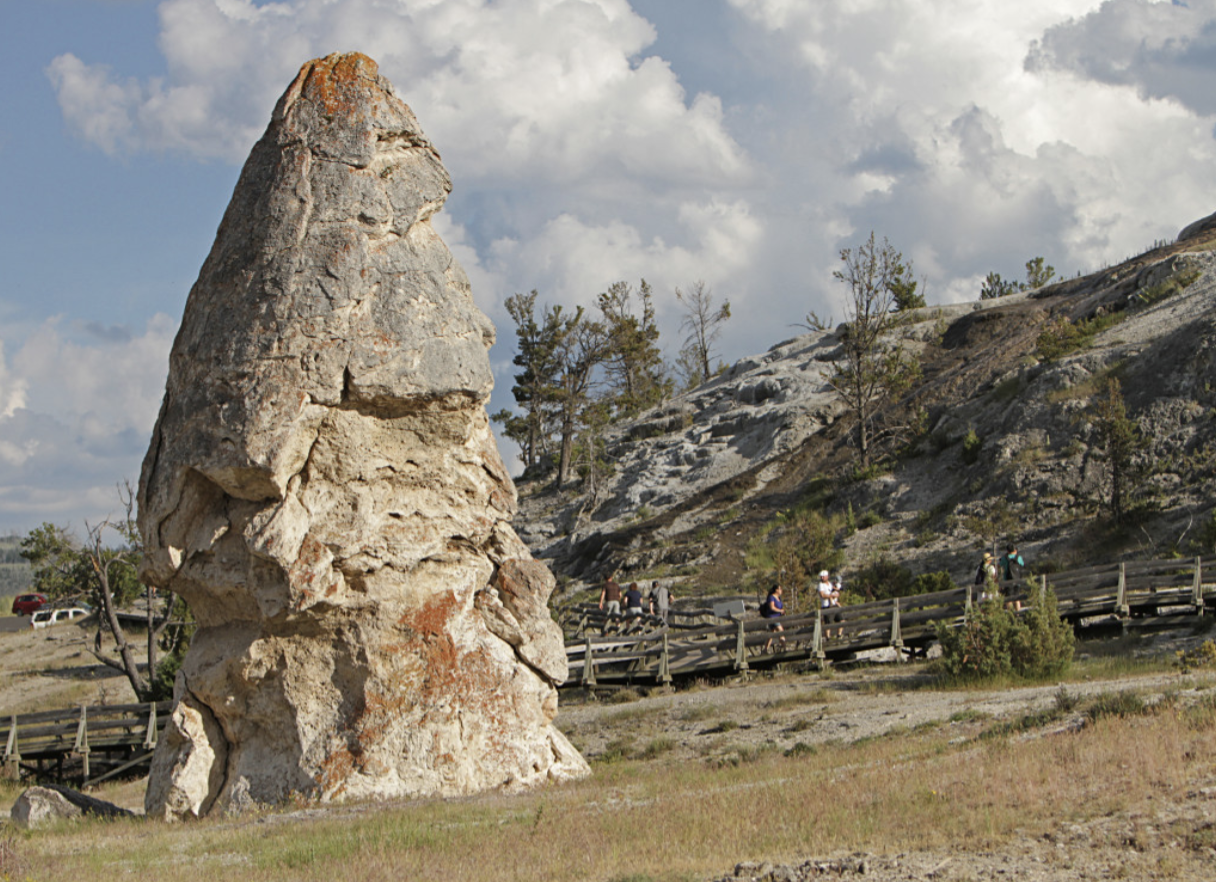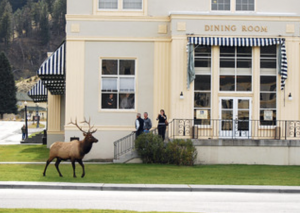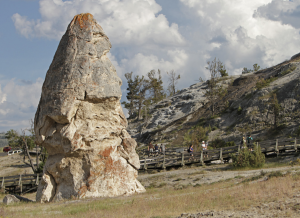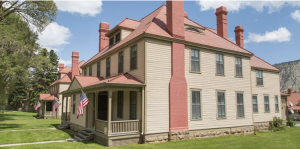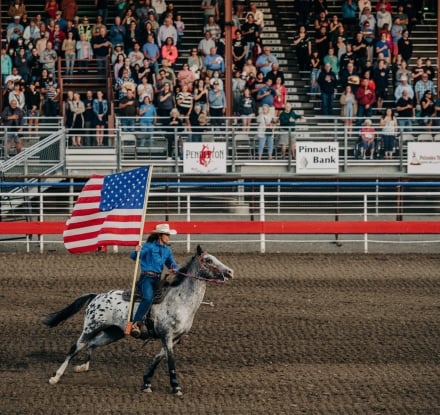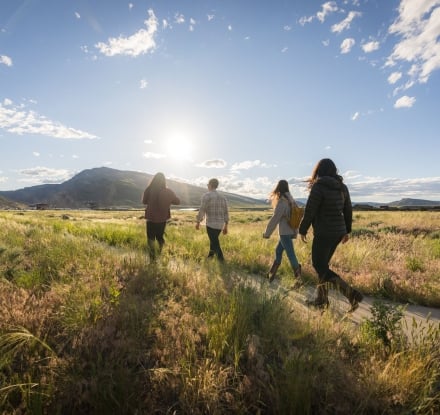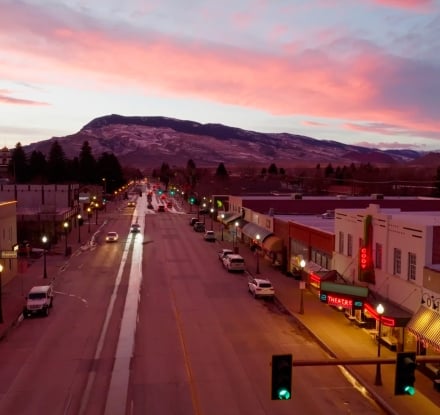
Mammoth Secrets in Yellowstone National Park
Yellowstone’s Mammoth Hot Springs is a place where it seems natural – perhaps advisable – to whisper. And you might just hear the ghosts of this northern region of Yellowstone whisper back.
It is a place where ancient geothermal formations are continuously shape-shifting. It is where the park’s early visitors, explorers and managers sought to claim, tame, manage – and sometimes exploit — its rumbling, other-worldly features. This is where many of the park’s elk spend amorous days dating and mating during the fall rutting season. And where one of the park’s first grand hotels housed weary train passengers before they embarked on their Grand Loop adventure in the park’s interior.
I recently returned to this region of the park when the Mammoth Hot Springs Hotel reopened after a massive renovation. I was thrilled with the results of the year-long project, as it pays tribute to the hotel’s storied past while updating the services and features for future generations of visitors. After settling into my room, I wandered down to the new Map Room Bar to warm up with a Huckleberry Mocha.
Created by architect Robert Reamer in 1937, the massive map that hangs on the wall of the Map Room has always intrigued me. Reamer famously designed the Old Faithful Inn and many other park buildings. Starting with the dimensions – 17 feet, 10 inches by 10 feet four inches – the map is designed to awe. It was constructed of 15 different types of wood and more than 2,500 inlaid pieces to create a jigsaw-like representation of the United States. Any student of geography will spot the famous mistake in the map – a mistake that has been well-preserved throughout the hotel’s various renovations. According to Reamer biographer Ruth Quinn, the artisan who created the map per Reamer’s instructions took it upon himself to “correct” a mistake he thought Reamer had made. That is why to this day the map shows the capital of Maryland as Baltimore instead of Annapolis. Upon learning of the artisan’s mistake, Reamer humorously suggested that the state might consider moving its capital to Baltimore.
As I wandered outside on a brisk September morning, I saw a group of visitors snapping photos of a massive bull elk and his harem of females that had gathered in the green space outside the National Park Service Visitor Center. I was pleased to see that the group was keeping a safe and respectful distance as the elk went about their business. The visitors were unusually quiet as they watched, and I quickly learned why. A smaller group of elk including several young bulls were wandering down to the area from higher ground, occasionally bugling to warn of their arrival.
Careful to stay a safe distance from the elk, I strolled past Liberty Cap, a 40-foot-high tower of travertine sediment from a long-extinct hot spring. Discovered by the 1871 Hayden Geological Survey, the strange geological feature was named for its similarity to the conical hats that were worn during the French Revolution. One look at the odd feature, though, and most visitors understand why rather cruder labels have been favored by locals throughout the years. Ahem.
On to one of my favorite places in the park – the travertine Mammoth Terraces, a living, continuously shifting formation that reminds me of a colorful grand staircase. Thermal water rises through the limestone, carrying dissolved calcium carbonate and when it mixes with the carbon dioxide in the air, it creates travertine, a chalky white mineral. The terraces are formations that have been described as caves turned inside out. Tiny, heat-loving organisms, called thermophiles, add colorful stripes to the terraces, and water trickles over the edges. Early visitors with no knowledge or appreciation for the fragility of these exquisite formations would climb them and pose for photographs. Today, however, the National Park Service urges visitors to appreciate the terraces from the steps and viewing platforms of a steep boardwalk that surrounds the features.
I wandered back to the hotel past some of the remaining structures of the original Fort Yellowstone. Built during the 1890s and early 1900s the buildings were used by the U.S. Army, which protected the park before the 1917 establishment of the National Park Service. Army personnel stationed at Fort Yellowstone protected the land from poachers and others seeking to exploit the park’s resources. The buildings are now used for park administration and other purposes.
That night, as I enjoyed a dinner of mini trout tacos at the Mammoth Hot Springs Dining Room, I pondered the many reasons I cherish the secrets of Mammoth Hot Springs.
Until next time I’m loving life and appreciating the mysteries of Cody Yellowstone.
